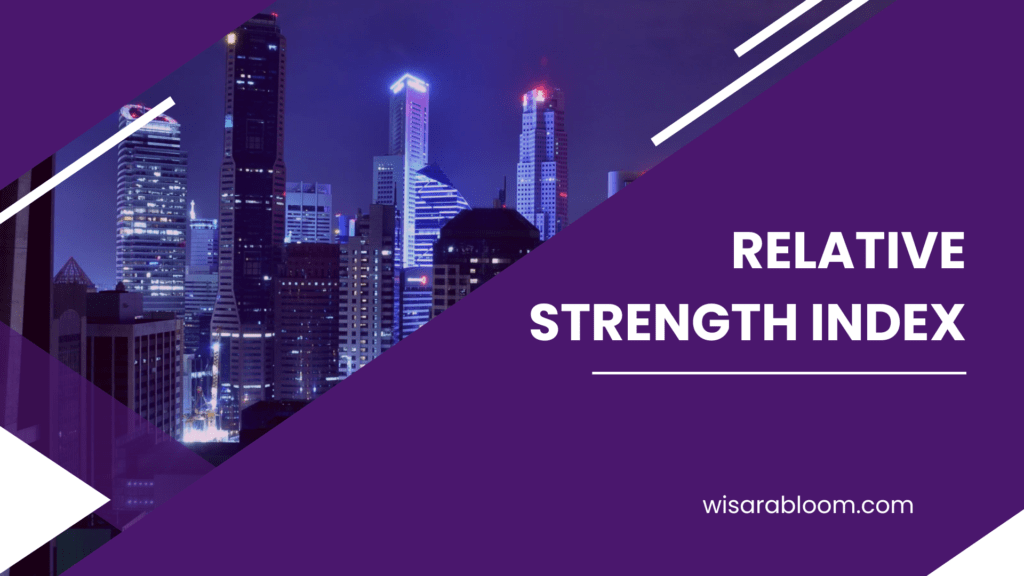Trader, In the fast-paced world of trading, understanding and utilizing the right indicators can make a significant difference in your success. These tools help traders analyze market trends, identify potential entry and exit points, and manage risk effectively. Here are nine game-changing indicators every trader must master to enhance their trading performance.
Master crucial indicators for better trading decisions.
1. Moving Averages (MA)
Moving averages smooth out price data to create a single flowing line, making it easier to identify trends. There are two main types: Simple Moving Average (SMA) and Exponential Moving Average (EMA).
- – SMA: Calculates the average of a selected range of prices, usually closing prices, by the number of periods in that range.
- – EMA: Gives more weight to recent prices, making it more responsive to new information.
How to Use:
- – Identify the overall direction of the trend.
- – Use crossovers (e.g., when the 50-day SMA crosses above the 200-day SMA) as potential buy or sell signals.
2. Relative Strength Index (RSI)
The Relative Strength Index (RSI) is a momentum oscillator that measures the speed and change of price movements. It ranges from 0 to 100.

- – Overbought Condition: RSI above 70, indicating a potential reversal or pullback.
- – Oversold Condition: RSI below 30, suggesting a potential buying opportunity.
How to Use:
- – Look for divergences where the price moves in the opposite direction of the RSI to predict reversals.
- – Use RSI levels to confirm trends and spot potential entry and exit points.
3. Moving Average Convergence Divergence (MACD)
The MACD is a trend-following momentum indicator that shows the relationship between two moving averages of a security’s price.
- – MACD Line: The difference between the 12-day EMA and the 26-day EMA.
- – Signal Line: The 9-day EMA of the MACD line.
How to Use:
- – Buy when the MACD line crosses above the signal line.
- – Sell when the MACD line crosses below the signal line.
- – Watch for divergence between the MACD and price to identify potential trend reversals.
4. Bollinger Bands
Bollinger Bands consist of a middle band (SMA) and two outer bands (standard deviations away from the middle band). They help traders identify volatility and overbought or oversold conditions.
- – Expansion: Indicates increased volatility.
- – Contraction: Suggests decreased volatility.
How to Use:
- – Trade the bounce when prices touch the upper or lower bands and move back towards the middle band.
- – Look for breakouts when prices move beyond the bands.
5. Stochastic Oscillator
The Stochastic Oscillator compares a particular closing price of a security to a range of its prices over a certain period. It ranges from 0 to 100.
- – Overbought: Above 80.
- – Oversold: Below 20.
How to Use:
- – Identify overbought and oversold conditions.
- – Watch for divergences to signal potential reversals.
- – Use crossovers of the %K and %D lines for buy and sell signals.
6. Fibonacci Retracement
Fibonacci retracement levels are horizontal lines that indicate where support and resistance are likely to occur. These levels are derived from the Fibonacci sequence.
- – Key Levels: 23.6%, 38.2%, 50%, 61.8%, and 100%.
How to Use:
- – Identify potential reversal levels during pullbacks in a trend.
- – Combine with other indicators to confirm potential entry and exit points.
7. Average Directional Index (ADX) For Trader
The ADX measures the strength of a trend, ranging from 0 to 100.
- – Strong Trend: Above 25.
- – Weak Trend: Below 20.
How to Use:
- – Use ADX to determine the strength of a trend, not its direction.
- – Combine with other trend-following indicators to confirm the trend’s strength.
8. Volume
Volume measures the number of shares or contracts traded in a security or market during a given period.
How to Use:
- – Confirm price movements: High volume indicates stronger moves.
- – Spot reversals: Volume spikes often accompany reversals.
9. Ichimoku Cloud for Trader
The Ichimoku Cloud is a comprehensive indicator that defines support and resistance, identifies trend direction, gauges momentum, and provides trading signals.
– Components: Tenkan-sen, Kijun-sen, Senkou Span A, Senkou Span B, and Chikou Span.
How to Use:
- – Cloud (Kumo): Price above the cloud indicates an uptrend; below the cloud suggests a downtrend.
- – Crossovers: Bullish signals occur when the Tenkan-sen crosses above the Kijun-sen; bearish signals occur when it crosses below.
Conclusion for Trader
Mastering these nine game-changing indicators can significantly enhance your trading strategy and improve your decision-making process. Each indicator offers unique insights into market behavior, and when combined, they provide a comprehensive view of market conditions. By integrating these tools into your trading arsenal, you can navigate the markets with greater confidence and increase your chances of achieving consistent, profitable results.